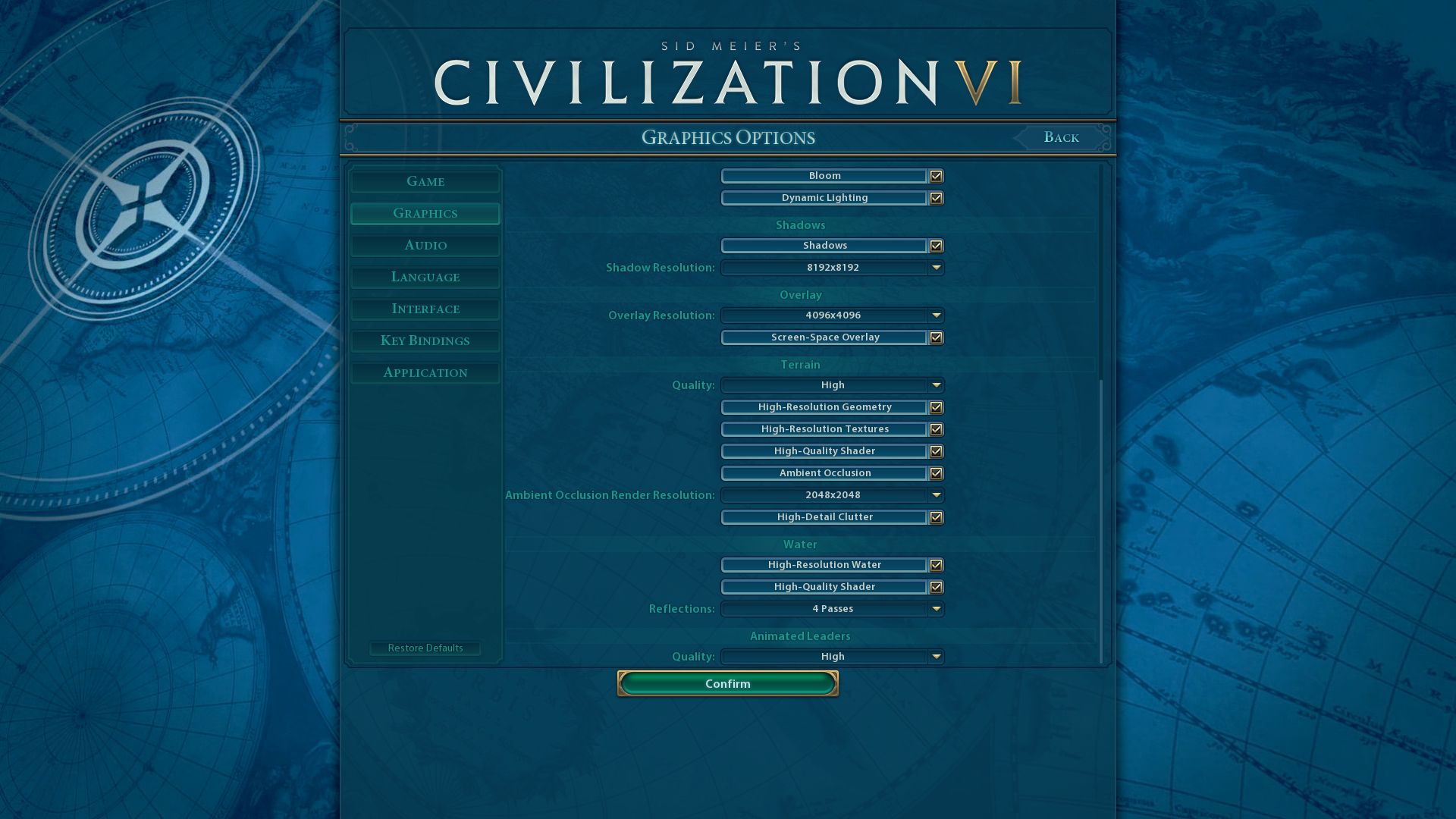

After honing V for years, this second pass at it shaves off the fat and integrates everything he learned into a more robust core. Ed Beach, who directed those two expansions, is now lead of VI.

While V was enjoyable at launch in 2010, it only really came into its own after its two major expansions, Gods and Kings and Brave New World, which added systems like trade routes, religion, espionage, and archaeology, in addition to revamping culture.

Even the general positioning of the UI is largely unchanged.Ĭiv VI actually launches with nearly all of the core features that V did after five years of expansion. The game’s overall contours and many of its core systems carry over from V intact. These disparate resources all feed into the interlocking systems, allowing civilizations to compete over the sweep of history in military conquest, religion, trade, diplomacy, espionage, and great works of culture. Players found cities that sprawl across a hexagonal map, enhancing them with buildings and exploiting the terrain to generate food, science, production, gold, faith, and culture. It’s an impossibly elaborate digital board game mixing exploration, culture, economics and warfare into the ultimate historical 4X experience (explore, expand, exploit, exterminate). It is still an epic, turn-based strategy game that remixes the world’s great nations, leaders and wonders into a fresh, alternative history. If it ain’t broke…Īt first blush, Civilization VI will look familiar to anyone that has played V.
Civilization vi metacritic series#
This is evolution, not revolution, but that’s where the series thrives. This rubric elegantly describes Civ VI, which directly lifts a lot of what worked best in V, makes a bevy of clever tweaks and introduces a few exceptional ideas of its own. Related GuidesĬiv’s rule of 33 percent: The basic principle, which emerged organically after the first few games and has been more deliberately applied since, is that in any new entry roughly 33 percent of the previous game will carry over unscathed, 33 percent will be adapted, and 33 percent will be brand new. One clue to the special sauce that has kept Civ thriving while countless other franchises have risen and fallen within its lifespan is the “rule of 33 percent” to which Meier and other Firaxis designers have alluded over the years. That’s a testament to developer Firaxis and the steady-handed stewardship of series creator Sid Meier, who has lent his name and counsel to every subsequent entry as other lead designers added their stamp. Yet here we are, decades after the launch of the original Civilization, and Civ VI is arguably the best entry in the esteemed franchise yet. Former lead designers Soren Johnson ( IV) and Jon Shafer ( V) went so far as to suggest that no strategy game designer in their right mind should attempt anything nearing its scope (just look at what happened to Spore when it tried to be everything to everyone). Fitting all human history into a single, epic game, while also satisfying the needs of longtime fans without becoming too complex for newcomers … is a tall order. By all rights, Civilization shouldn’t work after 25 years and six main editions.


 0 kommentar(er)
0 kommentar(er)
